In 1923, a drive to raise $1 million for the construction of a grand new hotel started. The Washington Duke was constructed between 1924 & 1925. It was 16 stories tall and cost $1.8 million to build. Its main floor featured a newsstand in a lavish art deco interior lobby, and a dining room all with glass walls. In the1960s, the hotel became part of the “Jack Tar Hotel” chain. The large windows on first floor were filled-in with brick in an attempt to modernize the hotel. With the advent of the motel age, a sky bridge connected the old hotel to a motel with a rooftop pool across Corcoran Street.
By the 1970s, The Washington Duke hotel needed too many repairs and upgrades. The owners tried to sell the building, but the cost of the repair work became too high (asbestos, etc.). The hotel almost became the Boy Scouts of America Convention Center, but, in the end, the deal fell through and the building could not even be given away. It was demolished in 1975 and the site became a parking lot, colloquially known as “Bare Square”, for more than thirty years. Today, the site occupied by the Washington Duke Hotel is known as the CCB Plaza.
Note: The implosion was videotaped and can be seen today on You Tube and the Endangered Durham blog.
SOURCE MATERIALS FOR THE BOOKLET
[1] Jean Bradley Anderson, Durham County: A History of Durham County, North Carolina. Durham: Duke University Press, 1990.
[2] R Kelly Bryant, Jr., personal correspondence. Summer, 2008.
[3] Wyatt T. Dixon, How Times Do Change: A Series of Sketches of Durham and her Citizens. Durham: Central Carolina Publishing, Inc., 1987.
[4] Durham City Directories and Sanborn Insurance maps, variety of publishers. 1887-1980.
[5] Durham Morning Herald, “Theater Marquee Said Point of Blast Origin” (B12). 23 June 1970.
[6] Durham Morning Herald, “City Theater Rental ‘Risque’ Business” (B10). 7 July 1970.
[7] Durham Morning Herald, “Ammonia Dynamite Blamed in Explosion Here” (A1). 24 Sept 1970.
[8] Janna Jones, The southern movie palace: rise, fall, and resurrection. Gainesville: University Press of Florida, 2003.
[9] Howard Margolis, personal correspondence. Fall, 2008.
[10] David Naylor, Great American movie theatres. Washington, DC: Preservation Press, 1987.
[11] Charlene Regester, “From the Buzzard’s Roost: Black Movie-going in Durham and Other North Carolina Cities during the Early Period of American Cinema”. Film History 17: 113-124, 2005.
[12] AK Sandoval-Strausz, Hotel: An American History. New Haven: Yale University Press, 2007.
[13] Lewis Shiner, Black and White. Burton, MI: Subterranean Press, 2008.
[14] Henry Thomas, personal correspondence. Summer, 2008.
[15] Maggie Valentine, The Show Starts on the Sidewalk: an architecture history of the movie theatre, starring S. Charles Lee. New Haven: Yale University Press, 1994.


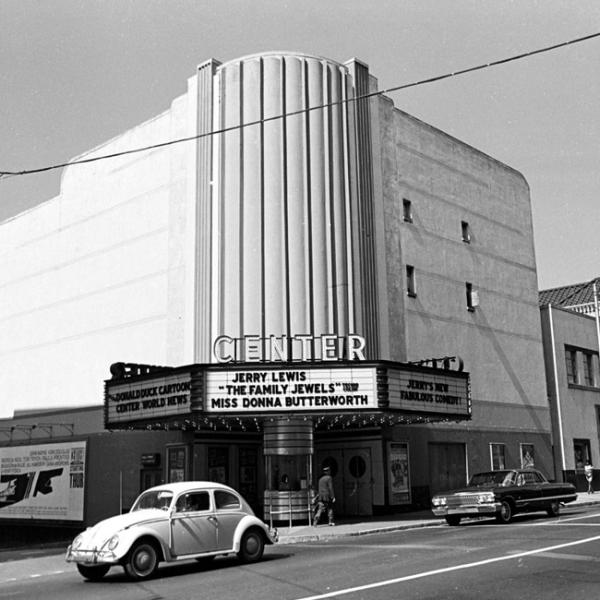

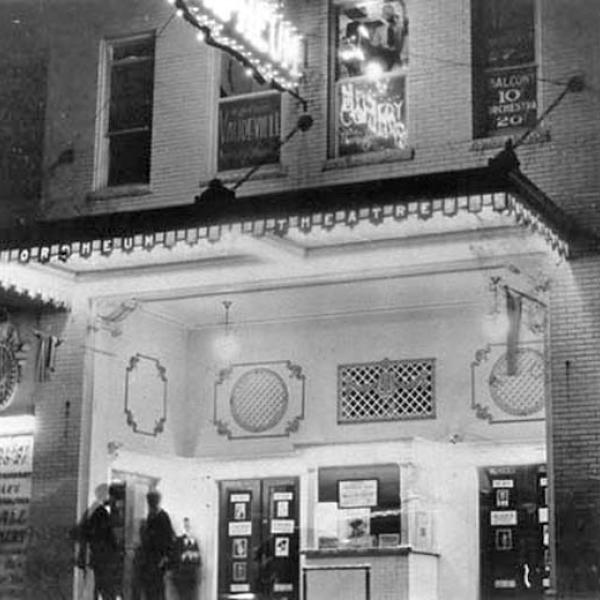
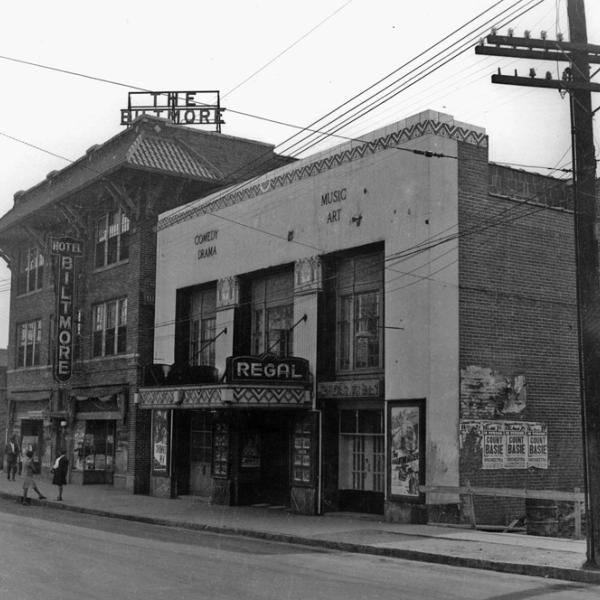
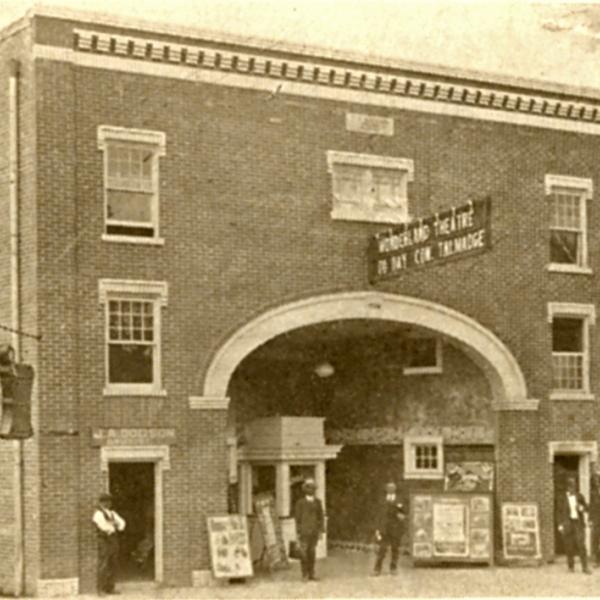
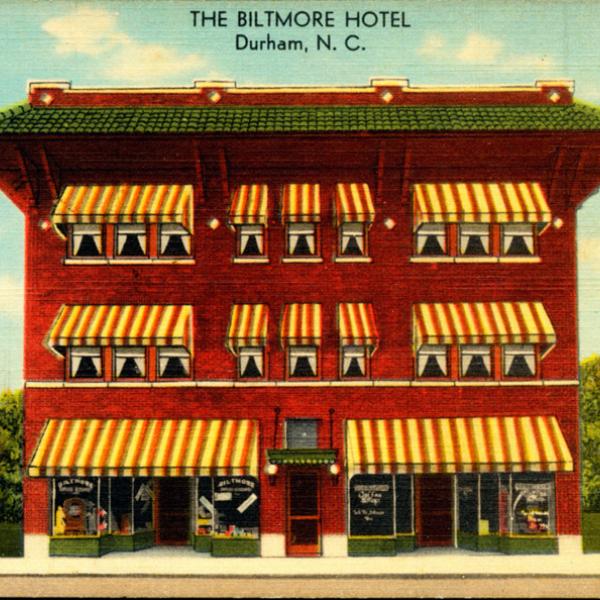
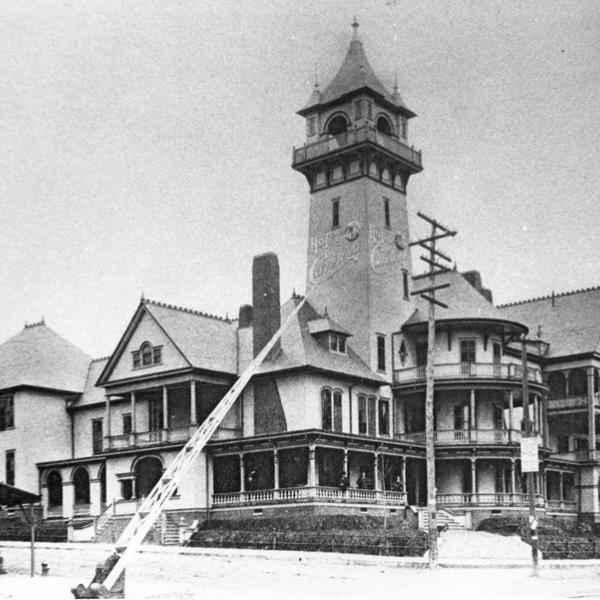



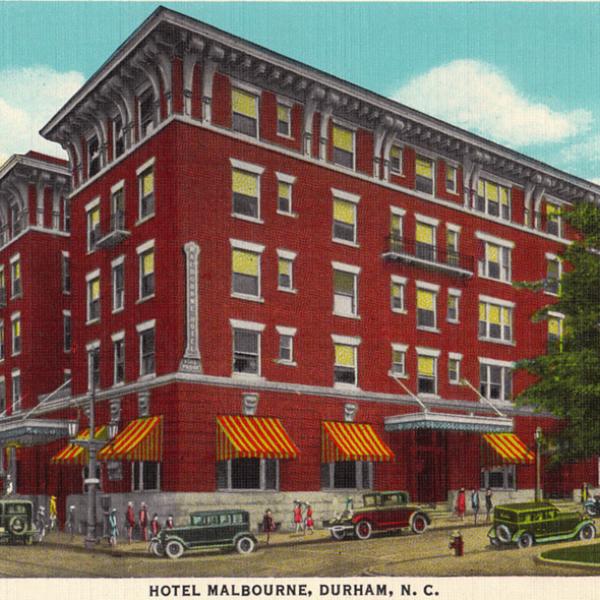
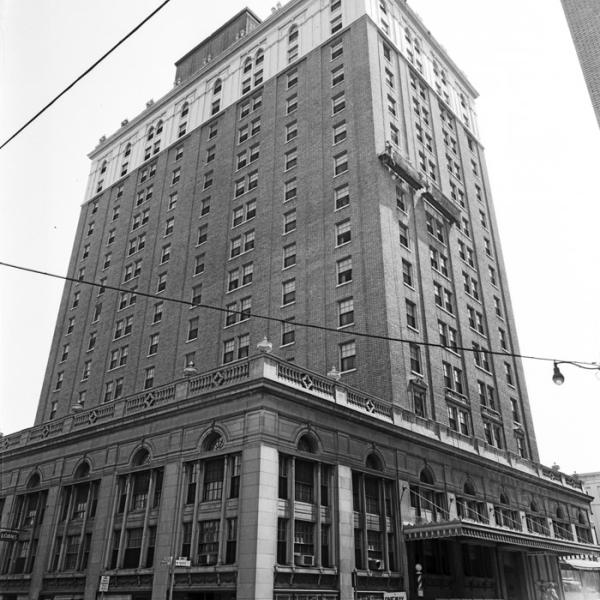
Add new comment
Log in or register to post comments.